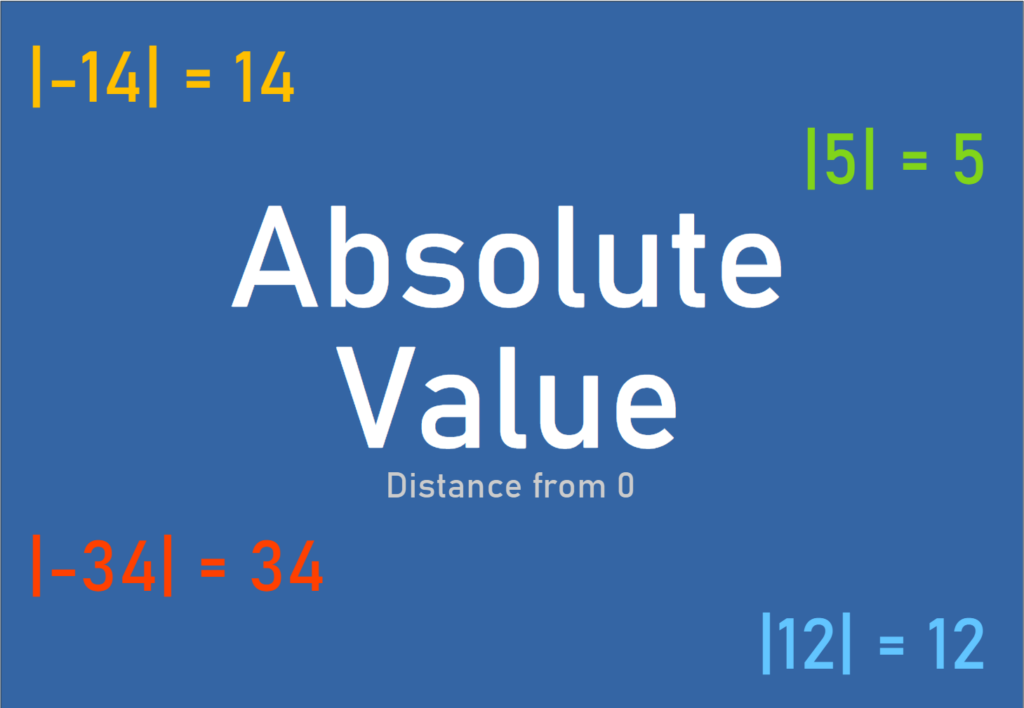What are angles? Angles are useful measurements and are often measured with protractors. There are 360⁰ degrees in a circle. An angle is formed when two lines (or sometimes rays) that are straight are intersecting with each other, where the number of degrees the vertex spans can be measured. The 3 types of angles that are everywhere in our lives […]
8 Basic Exponent Rules
In PEMDAS, exponents are the second letter in the acronym. They are commonly found in many equations, and here are 8 basic rules to consider when operating with exponents. 1. Zero Power Property The first exponent rule is quite simple and involves expressions in which the exponent is zero on a non-zero base. In these instances where any non-zero quantity […]
Volume
Volume is a unit of measurement. Volume is length * width * depth.

The Order of Operations
What’s the order? Suppose we are given 3(1+2) – 7 + 43 to solve. There are many types of mathematical operations involved – multiplication, addition, subtraction, exponents, AND parentheses. Hence, the question arises: what do we do first? The order of operations is a set of rules we must follow to get the correct answer to a mathematical statement, telling […]
Converting to Mixed Numbers
For improper fractions, check out: What is an Improper Fraction? Introduction It is not uncommon to get answers that are improper fractions while working with fractional values. However, you might rather have it be a mixed number, so you would convert it! Many math problems require answers to be simplified into mixed number format, as it is commonly regarded as […]

What is an Improper Fraction?
There are many fractions, and one classification or type of these numbers is an improper fraction. We will cover this in the following article! Unsure what a fraction is? Check out What is a fraction? The Key Information First, some examples of improper fractions are: 6/3 123/46 89/21 Looking at the examples, you can tell that there is a pattern: […]

What is a fraction?
Fractions appear in many math problems, and in the real world. Learning what they mean can be useful in many applications! Parts of a Fraction A fraction is a part of a whole number – a whole number is partitioned or divided into equal parts. In a fraction, there are 3 essential parts: Numerator Denominator Dividing Line The numerator is […]

Absolute Value
How does it work? After carried out, |14| and |-14| are the same. Why? Even though one of these numbers contains a negative sign, they both share the absolute value symbol, which appears as || – two parallel, vertical lines around a number. But how does absolute value work? To carry out the absolute value of a number, you simply […]
Adding Fractions
Fractions are types of numbers that represent parts of a whole number. For example, 1/2 of a burger is half of a burger, because the whole burger has been divided into two equal parts. For more information on fractions, please check out: what is a fraction? In this article, we will be working with these types of numbers – in […]